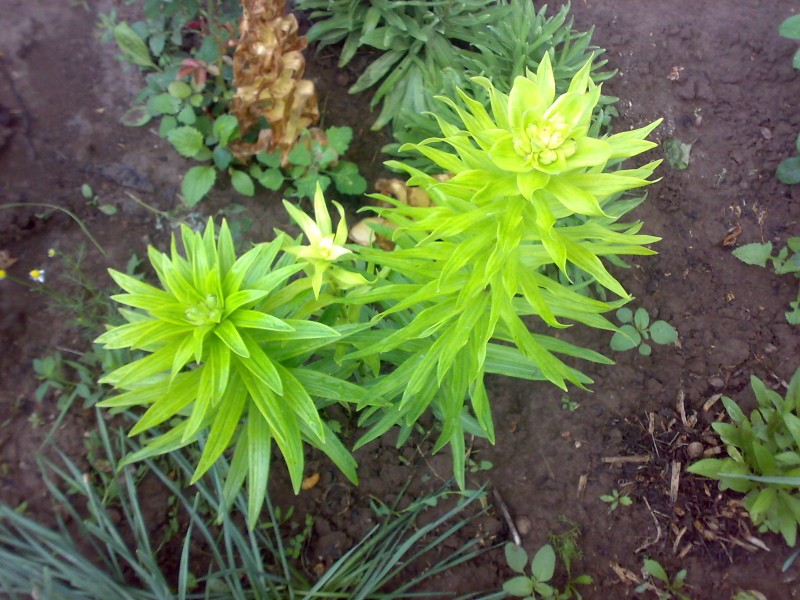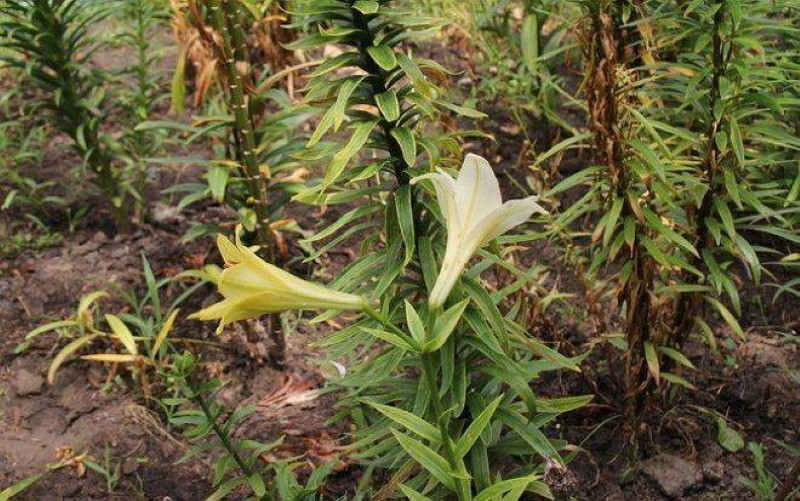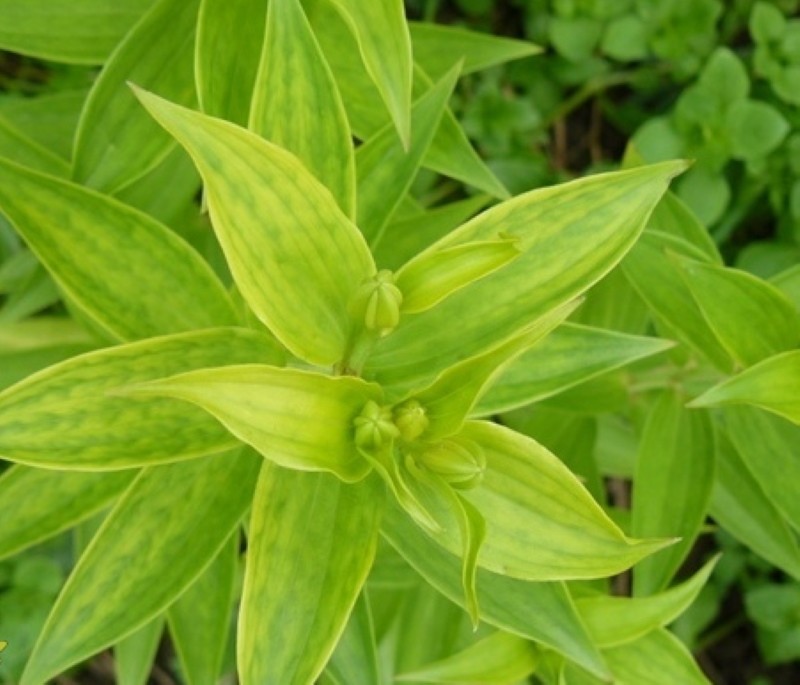How to treat chlorosis of lilies - causes and symptoms of the disease
 Despite the fact that lilies are not as prone to chlorosis as hibiscus or hydrangea, these crops also sometimes suffer from the disease. To know exactly how to treat lily chlorosis, you first need to figure out what contributed to its appearance. In some plants, chlorosis is often caused by heredity, when the propensity for the disease is passed from parents to the next generation. It is very difficult to deal with this, but most often chlorosis is the result of either improper care, or as a side effect of infections and viruses. In this case, saving the lilies is much easier.
Despite the fact that lilies are not as prone to chlorosis as hibiscus or hydrangea, these crops also sometimes suffer from the disease. To know exactly how to treat lily chlorosis, you first need to figure out what contributed to its appearance. In some plants, chlorosis is often caused by heredity, when the propensity for the disease is passed from parents to the next generation. It is very difficult to deal with this, but most often chlorosis is the result of either improper care, or as a side effect of infections and viruses. In this case, saving the lilies is much easier.What causes chlorosis in plants

- "Starvation" of plants (lack of nutrients);
- unsuitable soil;
- lack or excess of moisture;
- freezing;
- the presence of damage to the root system;
- defeat by other viral or infectious diseases, as well as pests.
In addition, depending on what nutrient is lacking in plants, chlorosis can be different. The most common are iron, magnesium, sulfur, nitrogen, zinc and calcium chlorosis. Lilies are most susceptible to iron chlorosis.
How iron chlorosis manifests itself in lilies
 With a lack of iron, the changes are visible to the naked eye. Lily leaves brighten up to yellowing, but at the same time, a characteristic sign of the disease remains - dark streaks. Chlorosis manifests itself in the upper part of the shoot, on young leaves. In addition, the edges of the leaves can curl, and young plates grow smaller. Flowering also suffers - lilies become smaller, they can lose their varietal color. If nothing is done, plants begin to dry out altogether, especially at the tops of the stems.
With a lack of iron, the changes are visible to the naked eye. Lily leaves brighten up to yellowing, but at the same time, a characteristic sign of the disease remains - dark streaks. Chlorosis manifests itself in the upper part of the shoot, on young leaves. In addition, the edges of the leaves can curl, and young plates grow smaller. Flowering also suffers - lilies become smaller, they can lose their varietal color. If nothing is done, plants begin to dry out altogether, especially at the tops of the stems.
How to treat chlorosis of lilies
 With iron chlorosis, the only treatment is the treatment of lilies (watering at the root and spraying on the leaf) with iron-containing preparations. And the best of them is iron chelate. You can buy it ready-made or make it yourself. To do this, 20 g of ordinary food citric acid and 12.5 g of ferrous sulfate are diluted in 5 liters of water. Preparations such as Ferrovit and Micro-Fe also work well.
With iron chlorosis, the only treatment is the treatment of lilies (watering at the root and spraying on the leaf) with iron-containing preparations. And the best of them is iron chelate. You can buy it ready-made or make it yourself. To do this, 20 g of ordinary food citric acid and 12.5 g of ferrous sulfate are diluted in 5 liters of water. Preparations such as Ferrovit and Micro-Fe also work well.
Of the folk methods that will help eliminate iron deficiency, burying rusty nails or other iron is often used.
If plants suffer from magnesium chlorosis, potassium magnesium or dolomite flour is used. With a lack of calcium, ash, crushed eggshells are introduced into the soil. With sulfuric chlorosis, plants are fed potassium sulfate, and with zinc - add zinc sulfate.